3DBiotech, additive manufacturing in regenerative medicine
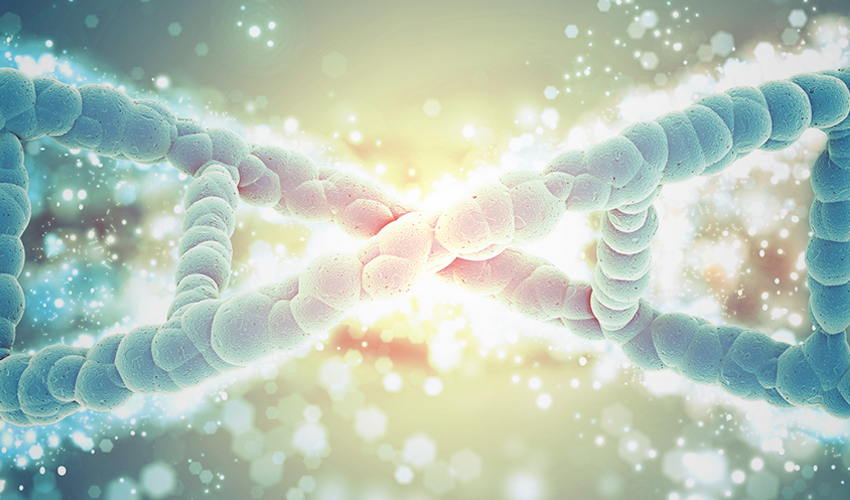
3D bioprinting has revolutionized the medical sector by providing advanced treatments that improve the quality of surgical interventions. In fact, we already analyzed the advantages of additive manufacturing for personalised medicine, and saw the various 3D printing technologies that could be used in different areas. 3DBiotech, located in Córdoba is dedicated to the research and development of solutions for several medical sectors. In addition, they have obtained surgical results through additive manufacturing technologies by generating models that are made for the anatomy of patients – enabling successful surgical planning . We were curious how 3DBiotech makes use of 3D printing for the development of its solutions, and in particular in regenerative medicine. Therefore, we interviewed one of its experts, Eduardo Espinosa.
3DN: Could you introduce yourself and tell us about your relationship with 3D printing technologies?
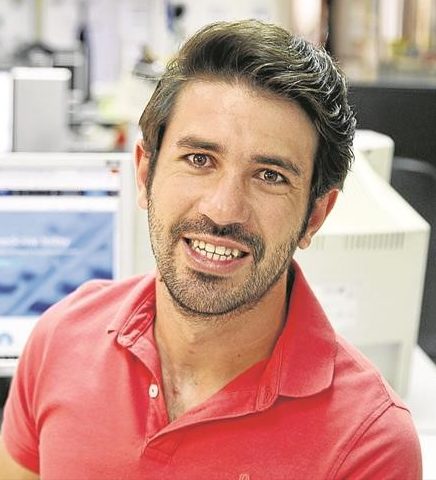
My name is Eduardo Espinosa, head of the R+D+i Department at 3DBiotech. The first contact, at personal level, with 3D printing I had it in a technological center (RISE PFI As) in Trondheim (Norway) where I realized a stay of investigation during my doctorate. During this period we worked with hydrogels to create structures that could be used in 3D bioprinting or 3D printing of medical solutions for wound treatment. From this experience, and once inside 3DBiotech, I have worked with a wider spectrum of technologies and materials for 3D printing focused mainly on the dental and hospital sector.
3DN: Could you tell us more about 3DBiotech?
Well, 3DBiotech is a technology-based company that bases its raison d’être on the development of integral digital CAD/CAM solutions for the dental and hospital sector. The project arises from the growing development of this type of solutions in the hospital sector and the market niche that has been generated in recent years. 3DBiotech already had a wide experience in the implementation of these solutions in the dental sector, which has been the pioneer clinical sector in the adaptation of this type of solutions to its day to day, and wanted to extrapolate all this know-how and previous development to the hospital and biomedical sector.
3DN: 3DBiotech has projects in the field of regenerative medicine. Could you tell us what they are?
Within all the possibilities that bioprinting allows within the field of regenerative medicine, our first approach is focusing on the dental sector, which is the sector where we are leaders and where we have a position that will allow us to introduce new technologies and procedures. This first approach consists of applying regenerative medicine to the regeneration of bone tissue and gingival mucosa. Two of the great problems in dentistry is the low bone density that makes it difficult in many cases to place dental implants and on the other hand the retraction or loss of the gum due to different pathologies, which can cause great aesthetic and health problems in patients.
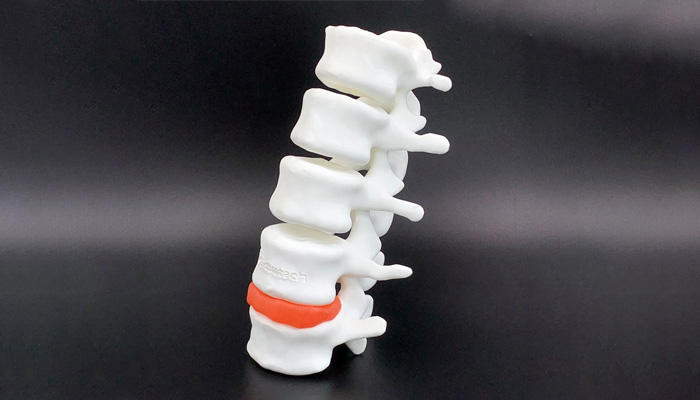
Credits: 3DBiotech
3DN: You currently offer your 3D BIOLOGIC MOD-101 bio-printer. Could you give us more details about the technologies and the bio materials with which it can work?
Our bioprinter, which we are finalizing the last details and functionalities of the last prototype before the launch of the commercial product, is a device that will include many of the features that the high-tech models in this field have already been offering (clean chamber environment, auto sterilization, pneumatic injection, etc.) but at a price and format that allows its rapid adoption by many of the agents interested in this type of technology. As far as biological materials are concerned, we cover the whole spectrum of materials of interest for this type of technology, from thermoplastic materials (PLA, PLC, PEEK, etc.) to biomaterials in hydrogel format (collagen, chitosan, nanocellulose, alginate, etc.), which allows us to supply our users with all the needs that their research proposes.
3DN: In your opinion, what are the benefits of tissue bioprinting for custom medicine?
Well, the main advantage that this type of technology brings to medicine is the fact that it avoids possible rejection once the biological structure has been implanted in the patient as it recognises it as its own. Moreover, it has the advantage that through CAD design we can approach and build biological structures very similar to those created by nature, and build them outside the human body, also achieving a homogeneous distribution and alignment of cells within the tissue created.
3DN: How do you see the future of additive manufacturing in the medical sector?
I think that the additive manufacturing sector has a great presence in the medical sector in Spain today, and it is going to have a better future with the implementation of bio-printing in our hospitals and clinics, but for the latter we still have to burn out stages. From 3DBiotech we are aware that our vision has to be oriented towards a future horizon that allows us to guide where we walk, but without neglecting the ground we are treading, that is our present. That is why we have two projects of immediate application that allow the use of additive manufacturing in the medical and hospital sector in Spain.
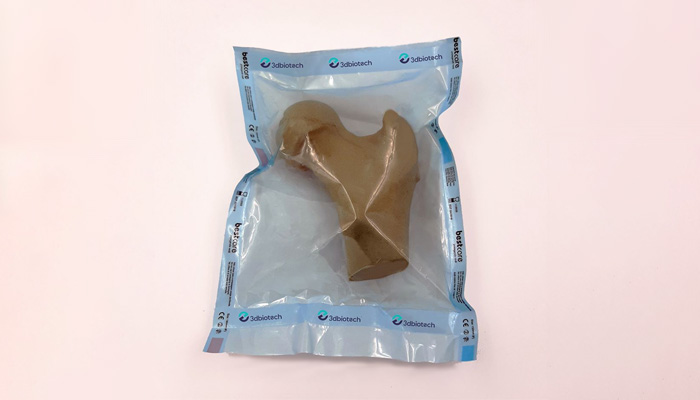
A sterilizable 3D printed biomodel | Credits: 3DBiotech
One of these is our line of biomodels for diagnosis, planning and surgical simulation, which is currently in operation and which does so through an online platform that allows for effective communication between medical personnel and our staff. With this type of methodology we achieve greater efficiency in obtaining the product with the characteristics desired by the patient, and greater speed in the procedures and delivery times. With this product we intend to provide solutions to all the main specialties that require the use of biomodels for their proper functioning, such as the specialty of traumatology, maxillofacial, cardiology, respiratory, neurosurgery, urology and digestive.
Another one is Inmov3D which allows us to develop immobilization orthoses for patients by means of an image acquisition system by scanning the limb to be immobilized, its treatment by means of our own algorithm that allows the creation of a totally personalized orthosis adjusted to the patient’s anatomy, and finally the 3D printing of the orthosis for its placement on the patient. With this solution we provide orthopaedics with an easy and effective methodology for the implementation of this type of product, facilitating the expansion of their business and acquisition of new customers and services. Currently, the tool is designed for immobilization for different injuries produced in upper limbs, ie, in the arms, but is studying and adapting our solution to other members, such as legs, trunk, neck, etc.
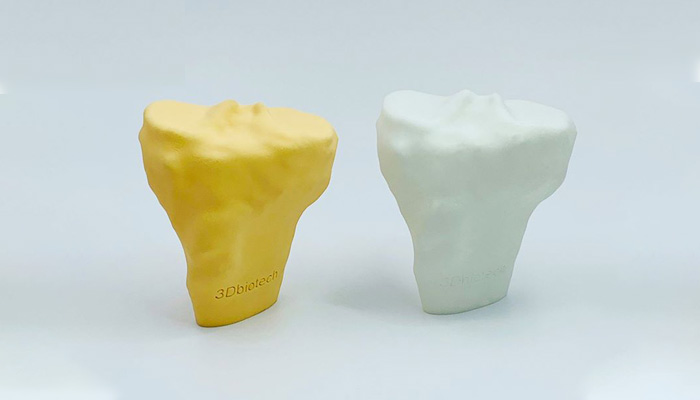
Credits: 3DBiotech
3DN:Do you have any last words for our readers?
Just thank them for their interest in this type of technology and invite them to join companies like 3DBiotech in making this a daily tool in our daily lives as far as health issues are concerned. We are all going to be part of the boom of this type of technology that is going to change the medical sector in the coming years, and we are going to be there to accompany you on this wonderful journey. You can find more information about 3DBiotech, HERE.
What do you think of 3DBiotech? Let us know in a comment down below or on our Facebook and Twitter pages! Don’t forget to sign up for our free weekly Newsletter, with all the latest news in 3D printing delivered straight to your inbox!






